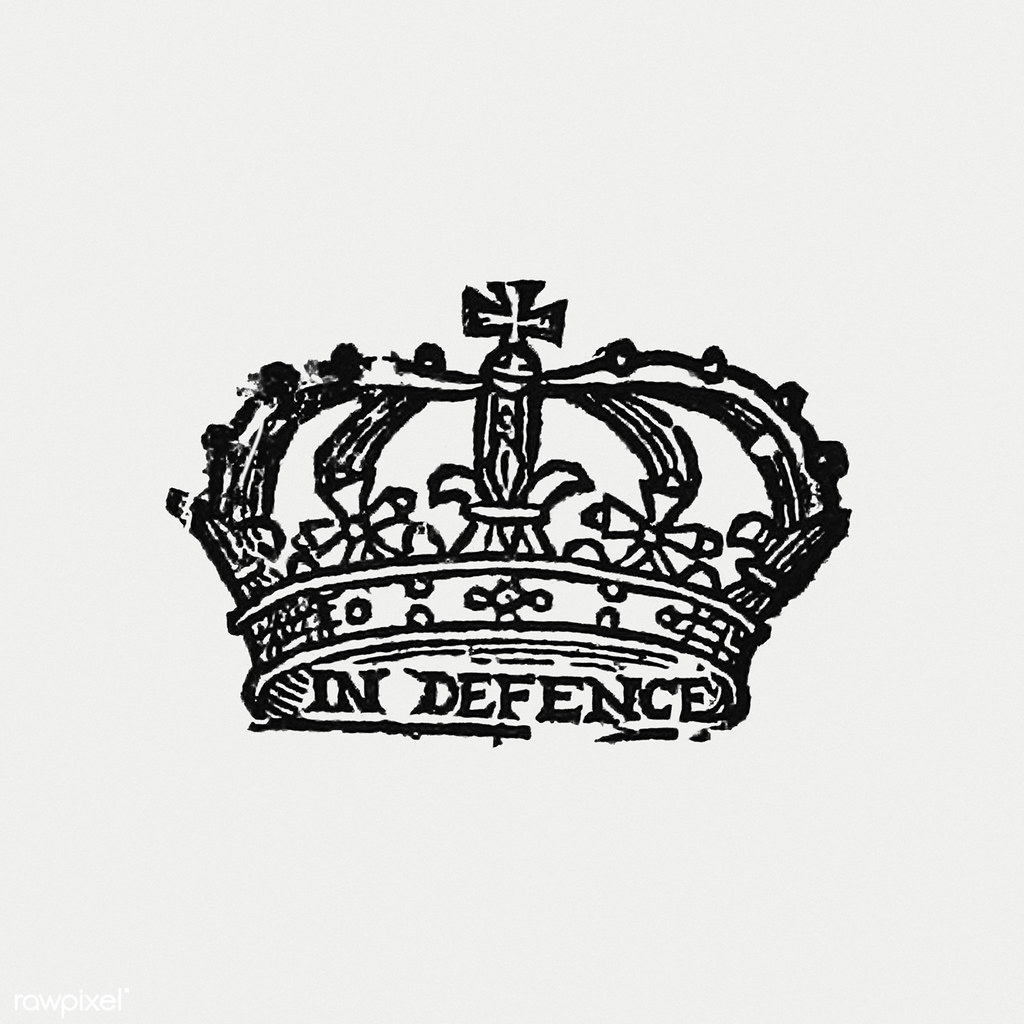
Tiaras, these magnificent adornments, have captivated hearts and imaginations for centuries, serving as more than mere headpieces; they are potent symbols of elegance, power, and grace. From the earliest wreaths of twisted branches worn by ancient rulers to the dazzling diamond creations that grace royal weddings today, their evolution reflects shifting tastes, technological advancements, and the enduring human desire to signify status and beauty. Each tiara tells a story, a glittering narrative woven through history, intimately connected to the powerful individuals and prestigious families who wore them.
Indeed, the journey of the tiara is a fascinating one, revealing glimpses into the sartorial choices of history’s wealthiest and most influential figures, particularly within the opulent royal courts of Europe. They represent the pinnacle of fine jewelry, a breathtaking parure that evolved from the naturalistic garlands of the Romanticism movement to the geometric leanings of the Art Deco era. Their ability to adapt, to be restyled and reinterpreted across generations, underscores their timeless appeal and the meticulous craftsmanship embedded within each precious piece.
In this opulent exploration, we embark on a dazzling tour through the last century and beyond, spotlighting seven exceptional tiaras that have not only defined elegance but have also left an indelible mark on history. From pieces commissioned by emperors to those that have commanded record-breaking sums at auction, these iconic jewels showcase a legacy of artistry, aspiration, and unparalleled splendor, inviting us to marvel at their intricate details and rich provenance.
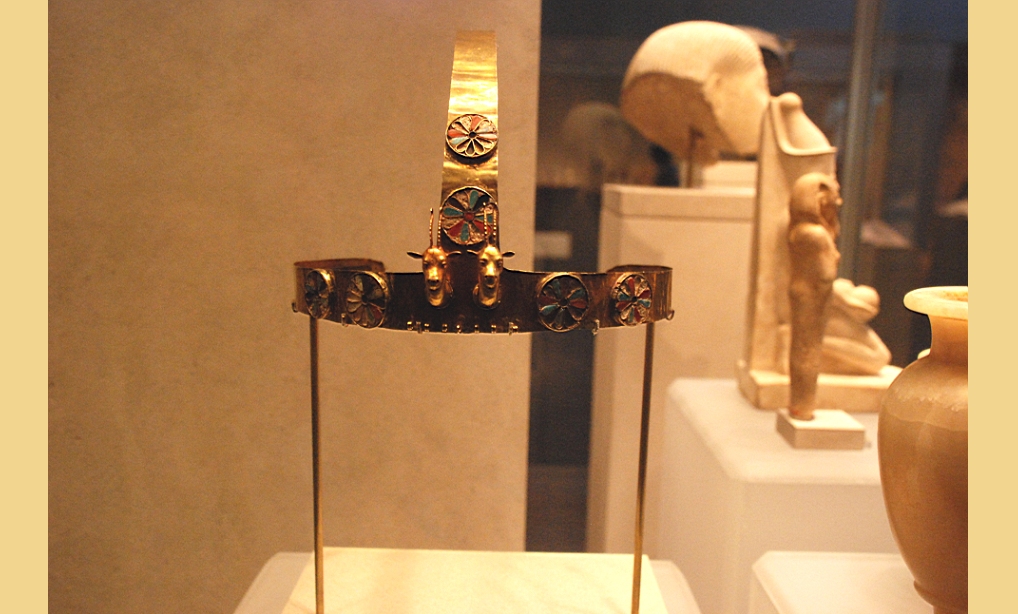
1. **Maria Vittoria dal Pozzo’s Musy Tiara**
One can only imagine the gasp of admiration that must have swept through the room when Maria Vittoria dal Pozzo, a figure of immense grace, was presented with her natural pearl and diamond tiara. This extraordinary piece marked her wedding day in 1867 to Amadeo I of Savoy, who would later ascend to the throne as the King of Spain. It was a testament to both their union and the burgeoning desire among 19th-century elites to possess tiaras as tangible evidence of their extraordinary wealth and undeniable status.
Believed to have been meticulously created by Musy Padre e Figli, the esteemed Court Jeweler of Turin and one of Europe’s oldest goldsmiths, this tiara is a masterpiece of design and material. It is a stunning composition of graduated scrolls crafted from brilliant diamonds, which elegantly frame no fewer than eleven baroque drop-shaped natural pearls. These pearls, significant in their size and lustrous quality, are perfectly positioned, creating a harmonious balance between the scintillating diamonds and the organic beauty of the natural pearls.
This tiara has remained a cherished heirloom within the same illustrious family for over 150 years, a remarkable feat that speaks to its profound sentimental and historical value. Its impending presentation in Geneva on May 11 positions it to become one of the most important tiaras to appear at auction in recent decades. The ‘Musy’ tiara is, without doubt, an excellent example of the changing tastes of 19th-century society, where such adornments were not merely accessories but powerful statements of identity and position.
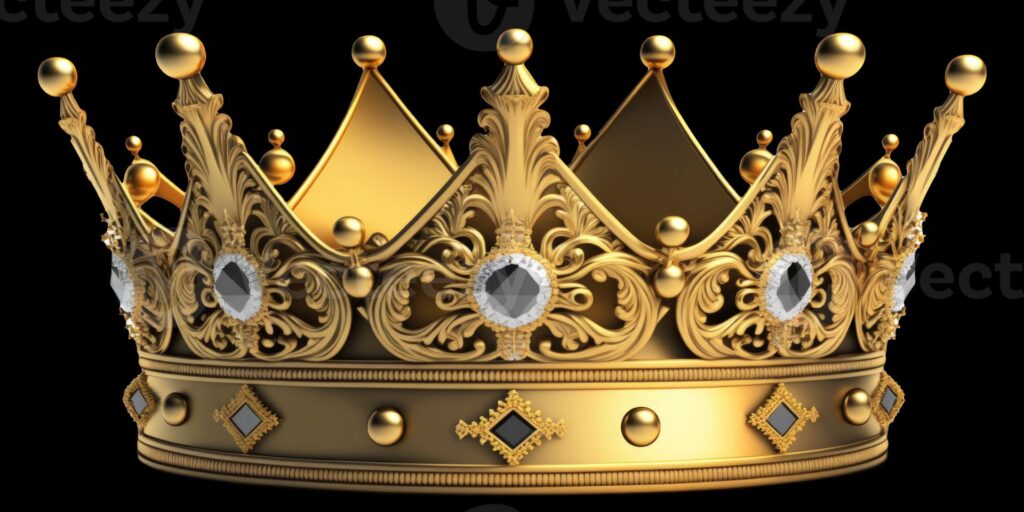
2. **The Oriental Circlet Tiara**
The Oriental Circlet tiara stands as a brilliant example of royal collaboration and evolving design, a piece originally envisioned by Prince Albert for his beloved wife, Queen Victoria, in 1853. Crafted by the esteemed jewelers Garrard, this tiara was conceived with a striking design of opals and diamonds meticulously set in high arches, reflecting the prevailing classical and naturalistic styles fashionable in England during the mid-19th century. Prince Albert, known for his keen interest in the art and science of jewelry-making, embraced bespoke commissions, resulting in unique creations like this.
Queen Victoria’s deep affection for her gemstones and jewels was famously matched only by that of her husband, making this a truly personal and significant commission. The tiara, with its original opal settings, would have made a captivating impression, particularly when illuminated by candlelight at grand court functions. It embodied the regal splendor and personal tastes of the era, a dazzling fixture among the many jewels of the English court.
However, the tiara underwent a notable transformation when Queen Alexandra, a later wearer, decided to restyle it. She famously replaced the original opals with rubies, a change possibly influenced by the popular superstition that opals were ‘unlucky’. This alteration not only updated the tiara’s aesthetic but also committed new aesthetic values to metal, showcasing how royal jewels often reflect the changing personal preferences and societal beliefs of successive generations while retaining their fundamental grandeur.
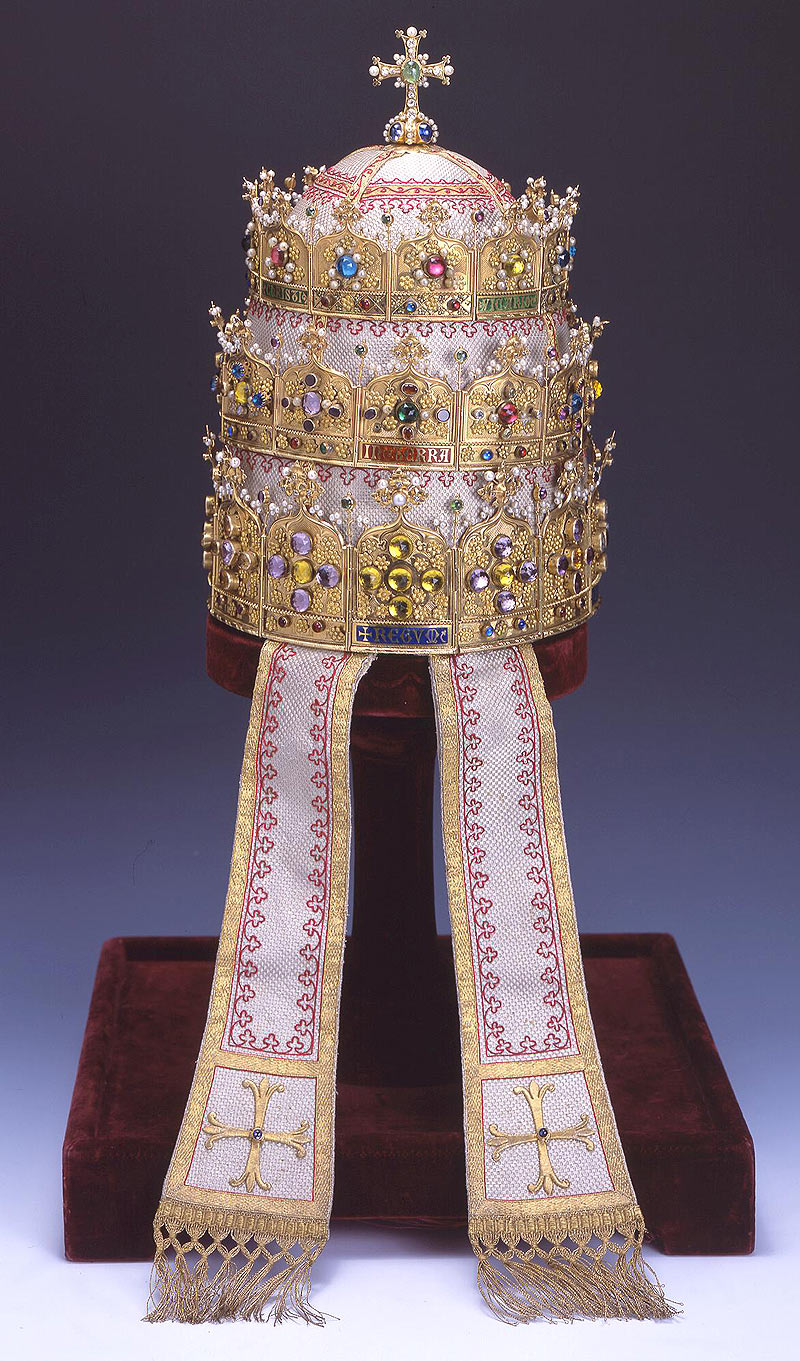
3. **The Donnersmarck Tiara**
Dating back to the turn of the 20th century, the Donnersmarck Tiara is an exquisite piece that remains one of the most significant tiaras ever sold by Sotheby’s. Commissioned around 1900, this breathtaking headpiece was once part of the illustrious collection of Princess Katharina Henckel Von Donnersmarck, a testament to the unparalleled wealth and refined tastes of Europe’s most privileged at the height of the Belle Époque.
The tiara’s most striking feature is its remarkable composition: it boasts eleven exceptionally rare Colombian emerald pear-shaped drops. These vibrant, verdant gems are suspended within a dazzling framework, creating a cascade of color and light that would have been undeniably captivating. The sheer rarity and exceptional quality of these emeralds underscore the tiara’s status as a true masterpiece of fine jewelry, designed to command attention and convey immense prestige.
The existence of such a magnificent piece during a period marked by burgeoning artistry and luxury in jewelry design, including the Arts and Crafts, Art Nouveau, and Art Deco movements, highlights the era’s focus on detail and craftsmanship. The Donnersmarck Tiara, with its profound beauty and impressive provenance, serves as a glittering example of the high-carat, high-status adornments that captivated the European aristocracy, offering a window into their world of unparalleled opulence.
4. **The Murat Tiara**
The Murat Tiara, a creation of the illustrious Parisian jeweler Chaumet, epitomizes the elegance and sophisticated craftsmanship of the early 20th century. Crafted in 1920, this stunning headpiece is composed of a magnificent array of natural pearls and diamonds, showcasing a timeless combination that has graced royal heads for generations. The choice of natural pearls speaks to a period when these organic gems were highly prized, often symbolizing purity and rarity.
This tiara carries a particularly fascinating provenance, having been owned by a descendant of Napoleon Bonaparte’s sister. This connection to such a historically significant family imbues the piece with a profound sense of legacy and aristocratic heritage, elevating its status beyond mere material value. The tiara thus not only serves as a beautiful adornment but also as a tangible link to a pivotal era in European history, echoing the very beginnings of the modern tiara’s resurgence, thanks in part to Napoleon himself.
Chaumet, with a history of creating over 2,000 tiaras, has been privy to centuries of evolving headdresses that served to cement power and status. The Murat Tiara exemplifies their mastery in blending classic elegance with the prevailing styles of its time, ensuring that the piece remained a relevant and revered part of its owner’s collection. Its beauty, combined with its impressive lineage, makes it a prime example of why such pieces continue to hold immense appeal for collectors and historians alike.
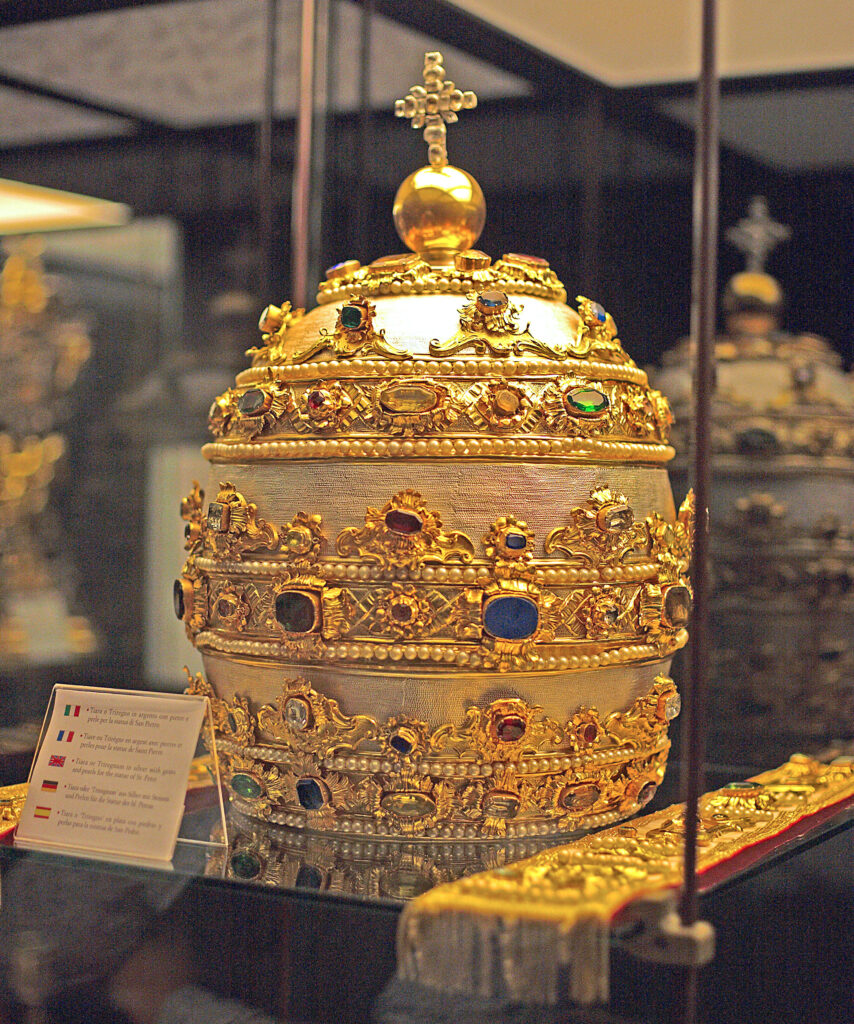
5. **The Poltimore Tiara**
The Poltimore Tiara holds a special place in British royal history, not just for its inherent beauty but for its iconic association with Princess Margaret. This distinctive piece, crafted in the late 1800s, garnered significant attention when Princess Margaret acquired it in 1959, just before her engagement to Antony Armstrong-Jones. The acquisition marked a personal milestone for the princess, imbuing the tiara with a unique sentimental value even before its most famous public appearance.
One of the most appealing features of the Poltimore Tiara is its remarkable versatility. It was ingeniously designed to be worn not only as a magnificent headpiece but also as a striking necklace, offering its owner multiple ways to display its grandeur. Such convertible designs were a hallmark of fine jewelry during this period, appealing to an elite clientele who valued both aesthetic beauty and practical adaptability in their precious adornments.
The tiara achieved lasting fame and an indelible spot in royal history when Princess Margaret chose to wear it for her wedding at Westminster Abbey in 1960. The images of her on this momentous occasion, adorned with the Poltimore Tiara, became instantly iconic, solidifying its place in the public imagination. Its subsequent sale by Christie’s in 2006 further underscored its historical and market significance, allowing new generations to appreciate its beauty and storied past.

6. **The Fabergé Tiara with Diamond Briolettes**
The appearance of a Fabergé tiara at auction is an exceptionally rare event, making the sale of this particular piece in 2007 by Christie’s a momentous occasion. Fabergé, renowned for its unparalleled artistry and exquisite craftsmanship, created pieces that were truly in a class of their own. This specific tiara, distinguished by its rare diamond briolettes, carries an aura of exclusivity and historical depth that few other jewels can match.
What truly elevates this Fabergé tiara is its exceptionally well-documented background and extraordinary provenance. It had graced the collections of royalty, including figures such as Queen Maria José and the King of Belgium, adding layers of regal history to its already impressive stature. Such a lineage speaks volumes about the tiara’s enduring appeal and the prestige associated with its ownership, making it a highly coveted item for collectors.
Further enhancing its historical weight, the diamonds incorporated into this magnificent tiara are believed to have been a gift from Tsar Alexander I of Russia to Empress Josephine. This connection to two towering figures of European history weaves a rich narrative of power, diplomacy, and personal adornment. This kind of layered provenance does more than just add monetary value; it transforms the tiara into a living piece of history, a testament to epochs of grandeur and influential figures.
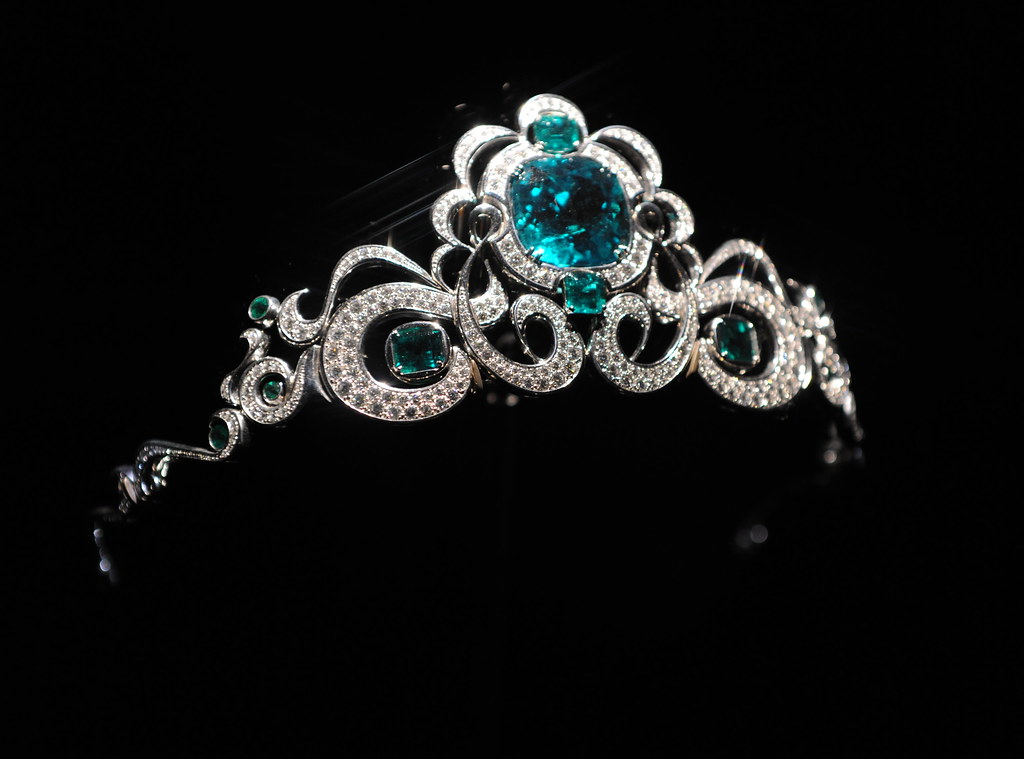
7. **The Chaumet Belle Époque Tiara**
Among the dazzling array of historical tiaras, the Belle Époque tiara by Chaumet, presented at Christie’s in Geneva in 2015, stands as a breathtaking example of early 20th-century artistry. Created around 1910, this piece was a significant commission, bought by the Duke of Westminster as a coronation gift for his wife. It marked the grand occasion of George V and Queen Mary’s coronation in 1911, signifying both personal affection and social standing within the highest echelons of British aristocracy.
The tiara’s design is a sublime reflection of the Belle Époque aesthetic, characterized by its delicate elegance and intricate detailing. Its unique feature is the exquisite blue enamel work, executed in a specialized technique known as plique-à-jour. This method allows light to pass through the enamel, creating a radiant, stained-glass window effect that would have shimmered beautifully, captivating all who beheld it. The use of such a labor-intensive and artistic technique underscores the unparalleled craftsmanship of Chaumet during this period.
Remarkably, despite being over a century old at the time of its auction, the blue enamel remained in flawless shape, a testament to both the quality of its original creation and its careful preservation. This pristine condition made the tiara incredibly rare and highly desirable. Its eventual sale for CHF 677,000 highlights the enduring demand for pieces that combine historical significance, exceptional artistry, and a unique, well-preserved design from a renowned jewelry house like Chaumet.
As we journey through the annals of aristocratic adornment, the narrative of tiaras continues to unfold, revealing how these magnificent pieces have seamlessly traversed epochs, continually captivating new generations with their inherent splendor and rich stories. From the grand royal courts to the glittering auction houses, the tiara remains a testament to enduring beauty and a profound connection to history, evolving with the times while retaining its majestic essence. Our exploration now turns to six more defining tiaras that have not only shaped royal style but have also captivated collectors, showcasing their enduring legacy and remarkable versatility in the modern era.

8. **The Lover’s Knot Tiara**
Commissioned in 1913 for Queen Mary by the illustrious British House of Garrard, the Lover’s Knot Tiara stands as a beacon of royal romance and enduring legacy. This exquisite piece is a harmonious composition of dazzling diamonds and a delicate cascade of nineteen hanging pearls, all meticulously set in a regal embrace of silver and gold. Its intricate design, evocative of interconnected knots, perfectly embodies the sentimentality and opulence characteristic of early 20th-century royal jewelry.
Over the decades, this tiara has graced the heads of some of the most prominent figures in the British monarchy, embodying a continuity of royal elegance. It was eventually handed down to Queen Elizabeth II, becoming a cherished part of her extensive collection. Its presence on the sovereign underscored its status as a piece of significant historical and sentimental value, a silent witness to countless state occasions and private family moments.
However, it was its eventual lending to her daughter-in-law, Princess Diana, that cemented the Lover’s Knot Tiara’s iconic status in the public imagination. Princess Diana wore it frequently, making it one of her most recognizable and beloved jewels. The tiara became intrinsically linked with her image, symbolizing a blend of traditional regality and modern grace, captivating audiences worldwide and ensuring its place as a truly unforgettable royal heirloom.
Read more about: Beyond the Headlines: Unpacking Catherine, Princess of Wales’s Strategic Blueprint for a Modern Monarchy’s Future

9. **The Strathmore Rose Tiara**
A vision of floral artistry, the Strathmore Rose Tiara was a poignant wedding gift presented to the Queen Mother by her father, Lord Strathmore, in 1923, just prior to her marriage to the Duke of York. This delicate diamond flower crown, originally acquired from the esteemed London jewelers Catchpole & Williams, is exquisitely designed to mimic a garland of wild roses, its petals and leaves shimmering with an ethereal grace. Its naturalistic charm offers a distinct contrast to the more formal, structural tiaras of the era.
For many years, this particular tiara was not seen in public, residing within the royal vaults, its beauty awaiting rediscovery. Its recent re-emergence, however, has been nothing short of captivating. Most notably, the tiara was worn with exquisite elegance by the Princess of Wales at a state dinner held in honor of South Korean President Yoon Suk Yeol and First Lady Kim Keon Hee. This highly anticipated appearance marked a significant moment, connecting generations of royal style and demonstrating the enduring appeal of such a beautifully crafted piece.
The Strathmore Rose Tiara thus represents not only a personal heirloom of the Queen Mother but also a testament to the timeless appeal of nature-inspired design in royal jewelry. Its delicate yet commanding presence beautifully frames the wearer, serving as a reminder that even the most enduring symbols of power can be imbued with a gentle, romantic sensibility. It continues to inspire awe, bridging historical provenance with contemporary royal grace.

10. **The Cartier Halo Tiara**
The Cartier Halo Tiara, a radiant emblem of modern royal romance, gained international prominence when it was famously lent to Catherine, the Duchess of Cambridge, by Queen Elizabeth II for her wedding day in April 2011. This gesture not only bestowed a profound sense of heritage upon the bride but also re-ignited global fascination with royal tiaras, casting a brilliant spotlight on their ceremonial significance in contemporary life. It became an instant icon, a symbol of a new era for the monarchy.
Originally crafted by the renowned house of Cartier in 1936, this exquisite piece features a delicate design of nearly 1,000 brilliant and baguette-cut diamonds, meticulously set in platinum. Its elegant, understated sparkle and graceful silhouette perfectly complemented the Duchess’s bridal ensemble, embodying a sophisticated simplicity that resonated with a modern aesthetic while honoring traditional splendor. The tiara’s very name, ‘Halo,’ speaks to its ethereal, light-filled presence.
This tiara serves as a beautiful example of how historical pieces continue to adapt to new contexts and personalities, perpetuating their legacy through significant life events. Its role in a globally watched royal wedding underscored the tiara’s power to connect the past with the present, demonstrating how these magnificent adornments remain cherished not just for their material value, but for the stories they carry and the moments they define.
Read more about: Beyond Bling: Unveiling the Elegant Histories and Enduring Legacies of 14 Magnificent Royal Tiaras

11. **The Greville Emerald Kokoshnik Tiara**
Breaking away from conventional diamond and pearl compositions, the Greville Emerald Kokoshnik Tiara made a breathtaking statement at Princess Eugenie’s 2018 wedding. This spectacular piece, characterized by its wide, traditional Russian kokoshnik shape, features a stunning array of diamonds and six large, vibrant emeralds, culminating in an awe-inspiring 93.7-carat center emerald. Its unique blend of historical design and bold gemology instantly captured public and media attention, asserting a distinct royal aesthetic.
The provenance of this remarkable tiara adds another layer of intrigue; it was originally made by Boucheron in 1919 for society hostess Dame Margaret Greville, who later bequeathed her extensive jewelry collection to Queen Elizabeth (the Queen Mother) in 1942. The tiara’s sheer scale and the breathtaking quality of its emeralds contribute to its rumored valuation of a staggering 17 million dollars, cementing its status as one of the most valuable and visually striking pieces within the royal collection. This figure alone speaks to its grandeur and the enduring allure of such magnificent jewels.
Princess Eugenie’s choice to wear this particular tiara showcased a daring blend of tradition and personal style, reaffirming the enduring power of these heirloom pieces to make a profound statement. It highlights how royal families continue to define their style through unique, historically significant tiaras, captivating both seasoned collectors and the general public with their unparalleled artistry and inherent splendor. The Greville Emerald Kokoshnik Tiara is a masterclass in regal adornment, a vivid splash of color against the backdrop of British royal history.
Read more about: Step Inside the Fairytale: Unveiling the Most Jaw-Dropping, Multi-Million Dollar Celebrity Wedding Dresses You Won’t Believe
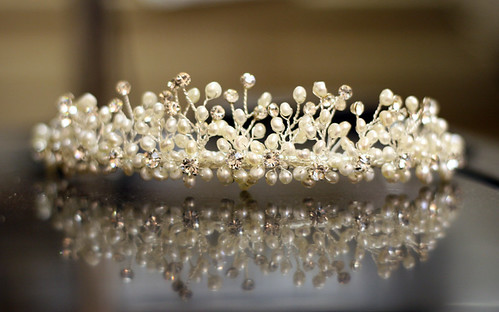
12. **Cartier Art Deco Diamond Bandeau**
Embodying the sleek sophistication of the Roaring Twenties, the Cartier Art Deco Diamond Bandeau represents a stylistic departure that redefined tiara fashion. This piece, dated to around 1920, brilliantly reflects Cartier’s pioneering adoption of geometric styles, a hallmark of the transformative Art Deco movement. Its appearance at a high-profile sale in Geneva in 2019, where it fetched an impressive CHF 1,065,000, underscored its significance as a coveted collector’s item and a quintessential example of its era.
This bandeau, with its clean lines and minimalist yet dazzling design, perfectly catered to the prevailing fashion trends of the post-World War I era. As women embraced shorter hairstyles and a more liberated silhouette, traditional bulky tiaras became less practical. The Art Deco bandeau offered an elegant solution, sitting low across the forehead, often complementing the chic bob cuts of the flapper era. It marked a period where function met high fashion, creating a new standard for subtle yet impactful headwear.
The demand for such pieces in today’s auction market speaks volumes about their timeless appeal and the enduring fascination with the Art Deco period. Collectors are drawn not only to the exceptional quality of Cartier’s diamonds and craftsmanship but also to the historical narrative embedded within the design. The bandeau is more than just an ornament; it is a tangible connection to an era of profound social and stylistic change, symbolizing a shift towards modernity and understated glamour.
Read more about: Beyond Bling: Unveiling the Elegant Histories and Enduring Legacies of 14 Magnificent Royal Tiaras
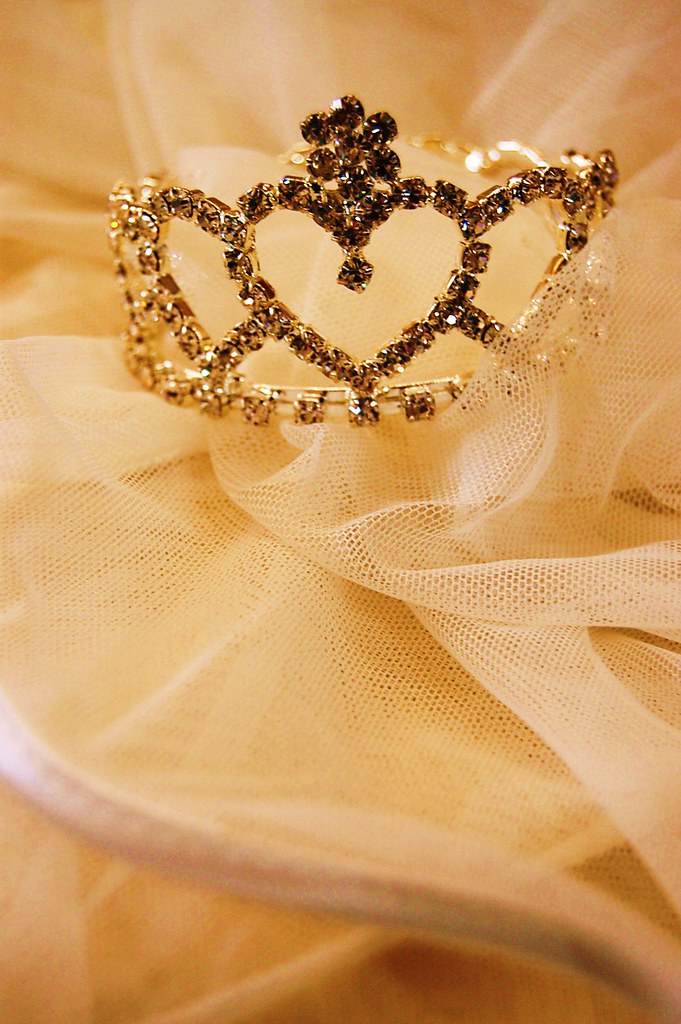
13. **The Convertible Floral Spray Tiara (1890)**
Demonstrating the ingenious practicality and artistic versatility characteristic of 19th-century jewelry, the Convertible Floral Spray Tiara, dating from 1890, captivated bidders when it sold for £25,200 in a 2025 Christie’s auction. This remarkable piece is an exquisite example of a design philosophy that valued not only aesthetic beauty but also multi-functionality, allowing for its transformation to suit diverse occasions and personal preferences.
At its heart, this tiara was conceived with flexibility in mind. Its intricate floral spray design could be cleverly disassembled, with individual elements detaching to be worn as elegant brooches. Such convertible settings were highly prized among the elite, offering an economic yet luxurious approach to jewelry ownership. It meant that one magnificent piece could serve multiple purposes, adapting from a grand headpiece for a ball to delicate adornments for a more intimate gathering, showcasing the wearer’s discerning taste and the jeweler’s masterful engineering.
This versatility remains a significant draw for contemporary collectors, who appreciate the ability to integrate historical grandeur into modern wardrobes. The enduring appeal of such pieces lies in their capacity to transcend their original function, offering a practical elegance that resonates today. The Floral Spray Tiara is a vibrant testament to the enduring craftsmanship of the past, offering a glimmering connection between historical luxury and the modern desire for adaptable, cherished heirlooms.
As we conclude our glittering journey through the dazzling history of tiaras, it becomes abundantly clear that these exquisite headpieces are far more than mere adornments. They are living archives, each diamond, pearl, and intricate setting holding echoes of historical grandeur, personal stories, and evolving artistic movements. From ancient symbols of authority to modern-day declarations of style, tiaras continue to fascinate, embodying an enduring legacy of elegance that transcends time. Their continued presence at royal events and their remarkable performance at auction confirm their place not just as luxurious objects, but as cherished artifacts that reflect our shared human fascination with beauty, power, and the art of adornment.



